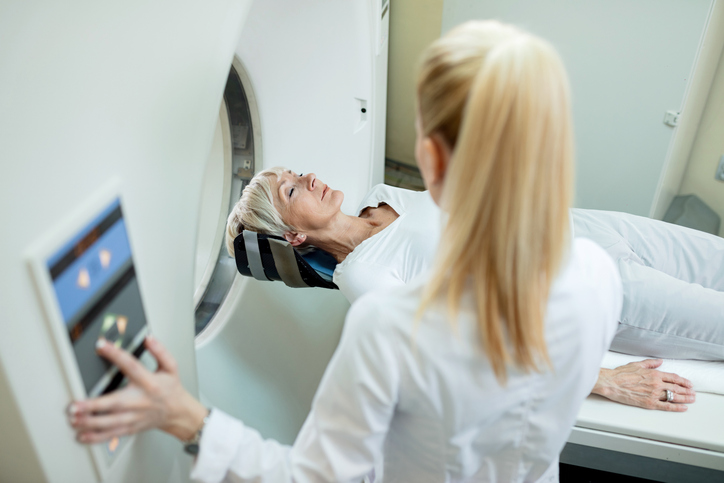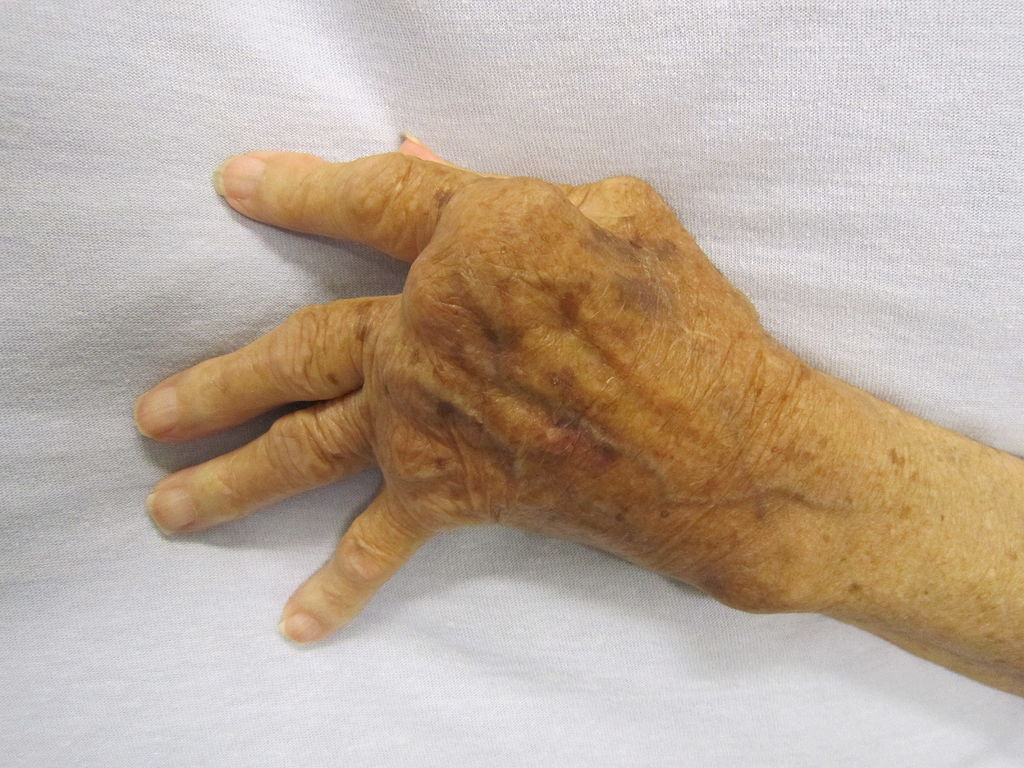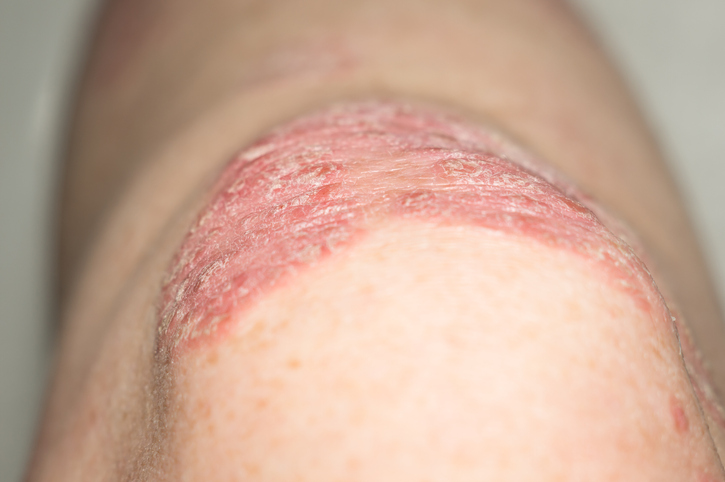Pain
What Is Ankylosing Spondylitis (AS)?

Ankylosing spondylitis (AS) — a form of arthritis — is a chronic, inflammatory condition that most commonly surfaces in late adolescence or early adulthood. AS primarily affects the lower portion of the spine; however, other large joints, such as the hips, shoulders or knees, may be involved as well. In severe cases, bodily organs, such as the lungs, heart, eyes or kidneys, may also be affected.
What are the symptoms?
Symptoms of ankylosing spondylitis include mild to severe chronic pain and stiffness in the lower to middle back, the neck and/or the buttocks. If AS affects other large joints, the symptoms include stiffness, pain, redness, warmth and swelling in the shoulders, hips, knees, ankles, toes, or the back of heels. Fatigue is also a common symptom of AS. People with AS may have persistent symptoms or may have periods of relief when little-to-no symptoms are present.
What are the possible complications?
Eventually, if left untreated, chronic inflammation between the vertebrae of the spine can cause the vertebrae to fuse together. The fusion of the bone causes a forward-stooped posture which leads to decreased mobility.
Advanced, severe AS can lead to medical issues of the lungs, kidneys, heart and eyes. Symptoms include, but are not limited to, shortness of breath (due to stooped posture or heart involvement); eye irritation, pain, swelling, and redness (especially when looking at bright light); and dizziness.
What are the risk factors?
Ankylosing spondylitis is 2-3 times more common in males than in females. Researchers have linked a certain gene, HLA-B27, to the condition; however, although everyone with AS has the HLA-B27 gene, not everyone with the gene develops the condition. Therefore, environmental factors may play a role in the development of AS. Research continues as to why some people with the gene develop AS, and others with the gene do not.

















